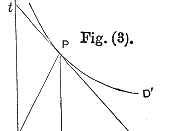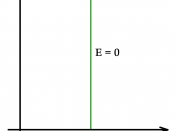Analyzing Elasticity of DemandThe four concepts in this week's simulation focused on the following: price elasticity, substitute, complement, and income. First, price elasticity, the percent change in demand quantity can be more or less than the change in its price. Relative elasticity/inelasticity of demand indicates whether the percent change in demand quantity is less than percent change in price. In the long-term, demand for any product tends to be more "price elastic" due to the availability of substitutes. Elasticity of Demand also indicates whether revenue will increase or decrease. Second, substitute, cross-price elasticity of demand is calculated as the percent change in demand divided by the percent change in price of the substitute and will determine the magnitude of the shift in the demand curve. Price elasticity is always positive for two substitutes. Third, complement, cross-price elasticity of demand is calculated as the percent change in demand divided by the percent change in price.
A change in price of a complement will determine the magnitude of the shift in the demand curve. Price elasticity is always negative for complements. Forth and last, income, a change in income causes a shift in demand. Income elasticity of demand is calculated as the percent change in demand divided by the percent change in income. This change determines the magnitude of the shift. Demand can increase or decrease with the increase or decrease in income.
Was the product Pet Day Care price elastic or price inelastic?Along any straight-line demand curve, elasticity decreases from infinity to zero. In the range of the demand curve where elasticity is more than one, decreasing price increases revenue. In the rage where elasticity is less than one, however, decreasing price decreases revenue. My service selection is Pet Day Care and I have found it to price elastic...meaning that...


